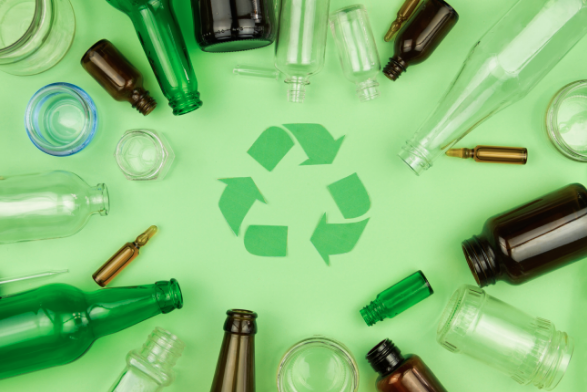E-waste has become the fastest-growing waste stream in the world as the availability and usage of electronics increases across the globe. Globally, more than 50 million metric tons of e-waste is generated every year.
What is E-waste?
E-waste refers to any electronic devices that have reached the end of life. Think about your daily electronics you cannot live without – smartphones, tablets and laptops. Recycling e-waste allows for the recovery of materials such as gold, copper, glass, aluminium, lithium, plastic, and more.
How is e-waste recycled?
It can be recycled using a variety of methods depending on the type of electronic device and the materials it contains. Here are some common methods for e-waste recycling:
1. Dismantling and sorting: E-waste is first dismantled by hand or machines, and then sorted into different types of materials such as plastic, glass, metal, and circuit boards.
2. Shredding and grinding: The sorted materials are then shredded or ground into smaller pieces to make them easier to process.
3. Magnetic separation: Magnets are used to separate ferrous materials such as iron and steel from non-ferrous materials such as aluminium and copper.
4. Chemical treatment: Chemicals are used to dissolve and separate metals from other materials in the e-waste.
5. Pyrometallurgical processing: This involves melting down the e-waste to recover metals such as gold, silver, and copper.
Get More Info : Waste Management in UAE | dubai municipality approved
Visit Us : https://yesfullcircle.com/
Paper Waste Reduction , Brand Protection in UAE , circular economy solutions


No comments:
Post a Comment